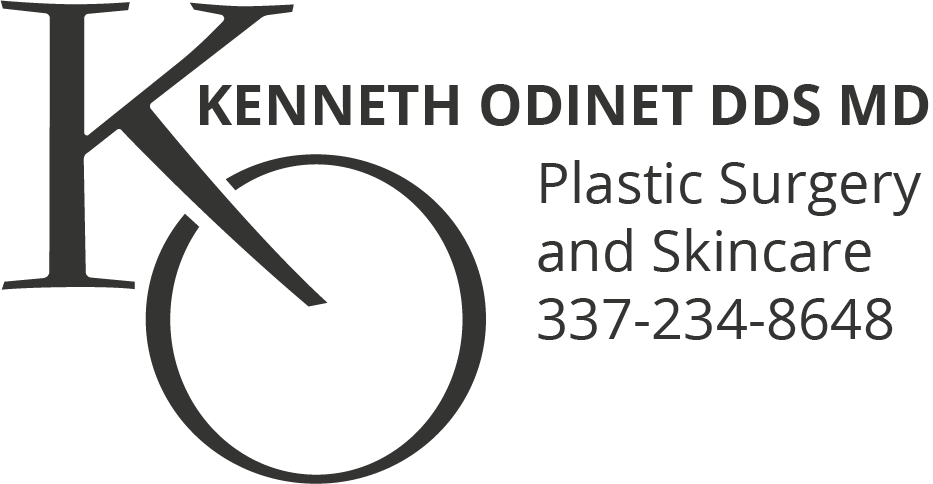Laser hair removal is a widely sought-after cosmetic procedure that utilizes concentrated beams of light to eliminate unwanted hair. During the treatment, the laser emits light absorbed by the melanin in the hair, converting into heat that damages the hair-producing follicles. This process helps to significantly reduce or delay future hair growth. Below are key aspects of laser hair removal, including insights into the number of sessions typically required:
Mechanism of Action
- Selective Targeting: The procedure targets the melanin in hair follicles, ensuring the surrounding skin remains unaffected. This selective heating principle is crucial for the procedure’s effectiveness and safety.
- Photothermolysis: This scientific principle allows the laser to heat and damage hair follicles selectively, minimizing damage to surrounding tissues.
Areas Suitable for Treatment
- The procedure is versatile, suitable for legs, arms, underarms, bikini line, face, and back, among other areas. The effectiveness and safety can vary based on the area treated and the individual’s skin type.
Suitability and Results
- Optimal Candidates: Those with a stark contrast between their skin tone and hair color (light skin, dark hair) typically see the best results, although advances in laser technology have made it accessible for those with darker skin tones as well.
- Hair Characteristics: The procedure is generally more effective on thicker, denser hair.
The Procedure Itself
- Preparation involves trimming the hair to a few millimeters and adjusting the laser settings based on individual characteristics like hair color and skin tone.
- Eye protection is mandatory to guard against laser light.
- A numbing cream might be applied to minimize discomfort.
Recovery and Potential Side Effects
- Post-treatment, the area may resemble a sunburn with redness and swelling, usually subsiding within hours.
- The procedure is safe, with rare instances of skin irritation, pigment changes, and in uncommon cases, blistering or scarring.
Number of Sessions Required
- Range of Sessions: Typically, individuals require between 6 to 8 sessions to achieve substantial hair reduction. However, this can vary based on the treatment area, hair density, color, and growth cycle, as well as individual hormonal factors.
- Maintenance: Even after the initial series of treatments, some might need occasional maintenance sessions to manage regrowth, as individual hair growth cycles can bring new hairs into the treatable phase.
Pre-Treatment Consultation
- Given its medical nature, laser hair removal demands a professional consultation to determine suitability, discuss potential risks, and outline expected outcomes.


